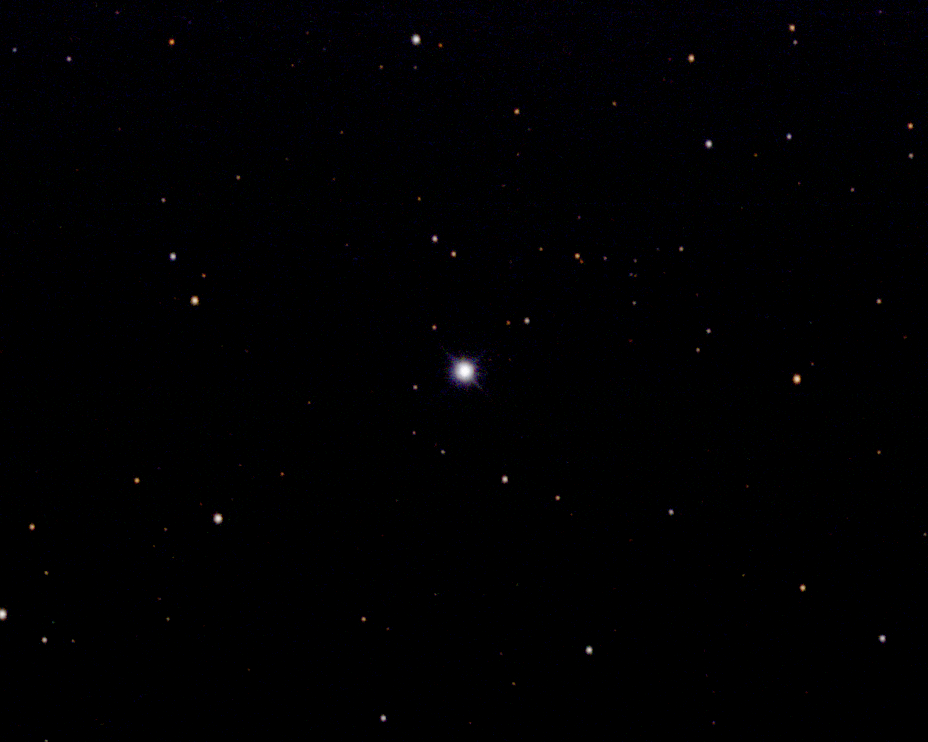The farthest star in our galaxy is halfway to Andromeda

A team of astronomers has relied on more than two hundred distant variable stars to estimate the diameter of the Milky Way's stellar halo. The farthest of these stars would be more than a million light-years from Earth, almost half the distance of our large neighboring galaxy Andromeda.
core, disc, halo
Our galaxy could be broken down into three main parts. In the center is the galactic bulge , inside which lies the supermassive black hole of the Milky Way. This bulge is surrounded by a disc measuring about 100,000 light-years . Our solar system is housed in one of the spiral arms of this disk. Then, around this disc, the stellar halo takes shape . This halo, which contains the oldest stars in the galaxy, stretches hundreds of thousands of light-years in all directions.
Of these three components, the halo remains the most difficult to study because its outer limits are very diffuse and distant . The stars there are indeed very sparse compared to the high stellar densities of the disk and bulge. However, make no mistake, this dark matter -dominated halo actually contains most of the galaxy's mass.
That being said, in an attempt to better understand the physical extent of this stellar halo, astronomers generally rely on a particular class of stars called RR Lyrae . These objects are essentially old stars with very specific physical properties that cause them to expand and contract regularly . They light up quickly, then slowly dim, and so on.
The characteristic pulsations and luminosity of these stars thus make them excellent “standard candles” for measuring galactic distances .

A star at 320 parsecs
In this new work, a team led by astrophysicist Raja GuhaThakurta of UC Santa Cruz used data from the Next Generation Virgo Cluster Survey (NGVS), a program using the Canada-France-Hawaii Telescope , to study the Virgo Cluster, a large cluster of galaxies that includes the giant elliptical galaxy M87, or Andromeda . The survey was not designed to detect RR Lyrae stars, so the researchers had to extract them from the dataset.
These new observations have allowed researchers to trace the outer limits of the Milky Way's halo more precisely than before. Previous modeling studies had determined that this halo should extend out to about 300 kiloparsecs, or one million light-years from the galactic center (astronomers measure galactic distances in kiloparsecs; one kiloparsec equals 3,260 years- light).
Here, the 208 RR Lyrae stars detected by the researchers ranged in distance from about 20 to 320 kiloparsecs . If these results are to be believed, then the stars farthest from the center of our galaxy would evolve almost halfway to Andromeda, located about 2.5 million light years away.
In fact, if we take into account the stellar halos, the Milky Way and Andromeda are both so large that there is practically no space between them. Details of the study were presented Jan. 9-11 at the American Astronomical Society meeting in Seattle.
Source:websites

